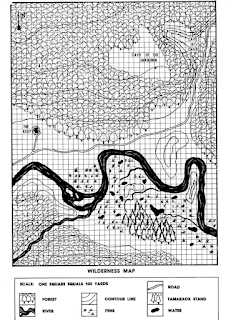BX Monsters A to Z: Centipede, giant

If you're looking for a newbie-safe monster, look no further than the Giant Centipede from the Basic Rules. Imagine me as long as your forearm. These things are classic creepy-crawlies, foot-long versions of our common real-world centipedes, and may evoke the same feelings of fear and revulsion in anyone with a phobia of those tiny critters. They're not tough (AC 9 and 1/2 Hit Die), they're not fast (60'(20') movement rate), they inflict zero points of damage, and they're not encountered in overwhelming numbers (2-8 dungeon, 1-8 outdoors). Even 1st-level characters will likely to be able to dispatch them relatively quickly... but that doesn't necessarily mean they should attempt to do so. The reason adventurers might prefer to be circumspect when dealing with giant centipedes is that they're venomous. To be sure, it's not deadly, but if you fail that save vs. poison, you're out of commission for no less than 10 days . Let that sink in a moment.
